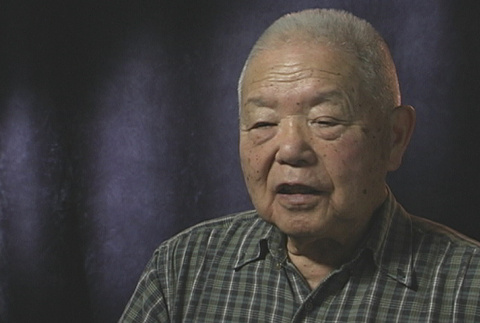

Narrator Yuriko Furubayashi

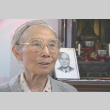
This interview was conducted in Japanese and was translated so as to convey Mrs. Terao's way of speaking as closely as possible. For example, there are instances in which she makes some grammatical errors. These mistakes are conveyed through similar grammatical errors …

This interview was conducted in Japanese and was translated so as to convey Mrs. Terao's way of speaking as closely as possible. For example, there are instances in which she makes some grammatical errors. These mistakes are conveyed through similar grammatical errors in …

This interview was conducted in Japanese and was translated so as to convey Mrs. Terao's way of speaking as closely as possible. For example, there are instances in which she makes some grammatical errors. These mistakes are conveyed through similar grammatical errors in English …
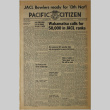
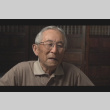

Narrator Floyd Schmoe

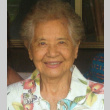

Narrator Mitsue Matsui

Narrator Tokio Yamane

This interview was conducted in Japanese and was translated so as to convey Mrs. Terao's way of speaking as closely as possible. For example, there are instances in which she makes some grammatical errors. These mistakes are conveyed through similar …

This interview was conducted in Japanese and was translated so as to convey Mrs. Terao's way of speaking as closely as possible. For example, there are instances in which she makes some grammatical errors. These mistakes are conveyed through …

This interview was conducted in Japanese and was translated so as to convey Mrs. Terao's way of speaking as closely as possible. For example, there are instances in which she makes some grammatical errors. These mistakes are conveyed through similar grammatical …
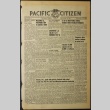
![Letter from Masao Okine to Mr. and Mrs. S. Okine, February 18, 1946 [in Japanese] (ddr-csujad-5-190)](https://ddr.densho.org/media/cache/47/4a/474a0e512634525517d473f352ad5888.jpg)



![Letter from Miyuki [Matsuura] to Mr. and Mrs. S. Okine, July 12, 1952 [in Japanese] (ddr-csujad-5-275)](https://ddr.densho.org/media/cache/65/9d/659d48db5e0242a727ca612872df287a.jpg)
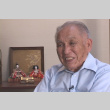
![Letter from Masao Okine to Mr. and Mrs. S. Okine, September 12, 1946 [in Japanese] (ddr-csujad-5-160)](https://ddr.densho.org/media/cache/96/d6/96d638e1560b47cd51c4da27e183bb3c.jpg)
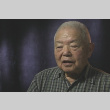
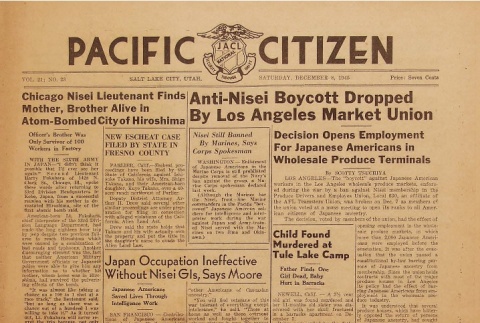
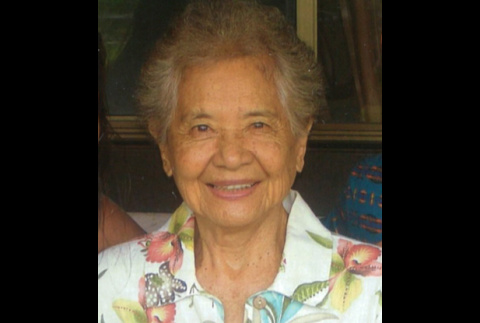
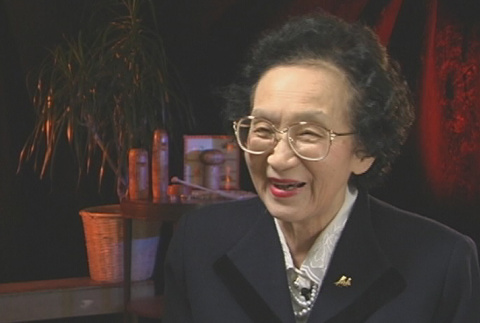
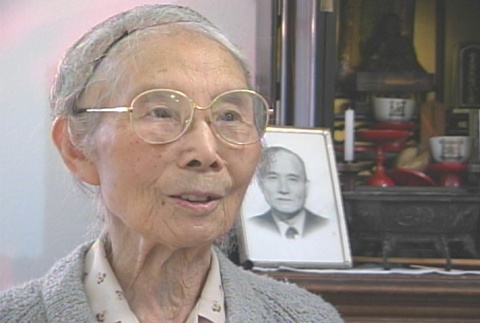
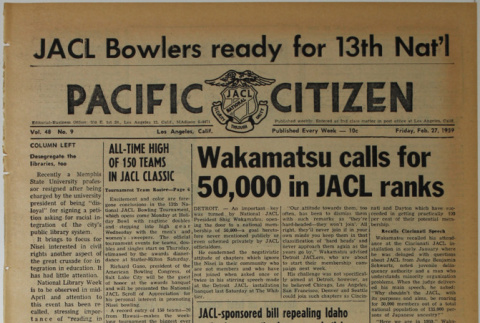
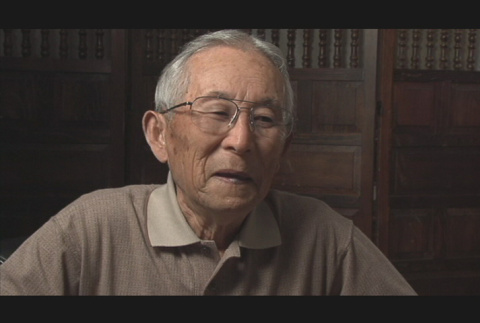



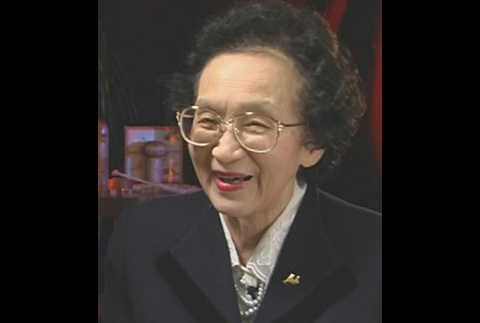
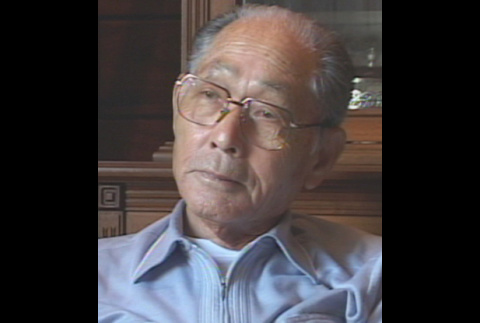
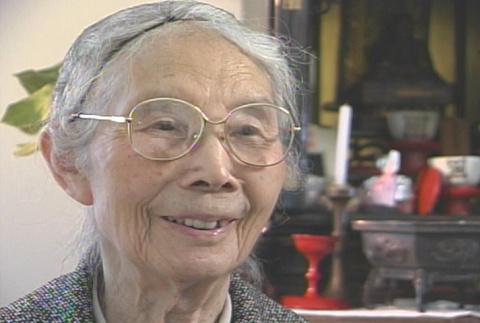
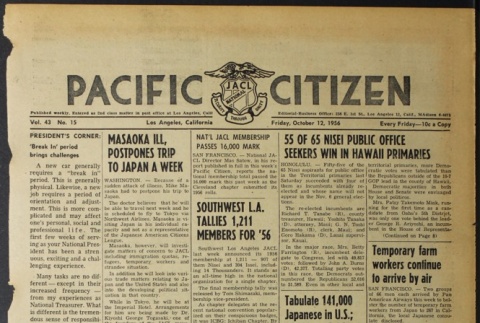
![Letter from Masao Okine to Mr. and Mrs. S. Okine, February 18, 1946 [in Japanese] (ddr-csujad-5-190)](https://ddr.densho.org/media/cache/aa/0a/aa0a7d2a46a9b6f91b2a9fdcba1d08a5.jpg)

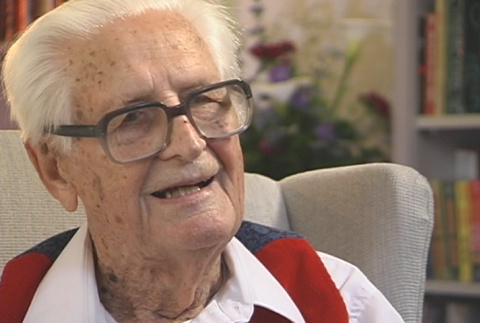
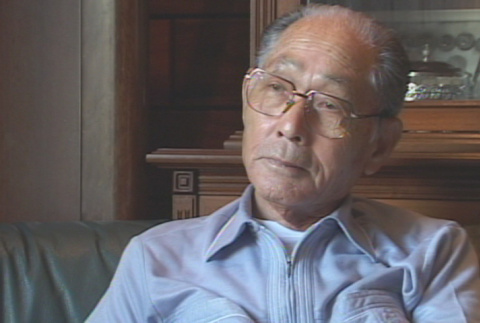
![Letter from Miyuki [Matsuura] to Mr. and Mrs. S. Okine, July 12, 1952 [in Japanese] (ddr-csujad-5-275)](https://ddr.densho.org/media/cache/73/e8/73e8f4a46d3eba6d0e383846d9b43d3f.jpg)
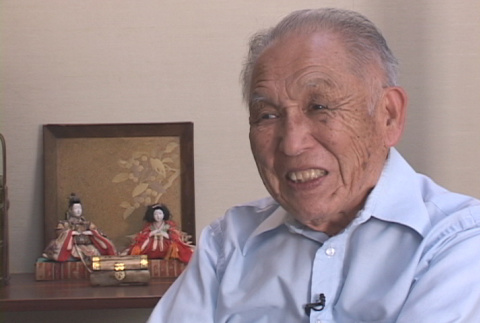
![Letter from Masao Okine to Mr. and Mrs. S. Okine, September 12, 1946 [in Japanese] (ddr-csujad-5-160)](https://ddr.densho.org/media/cache/08/9e/089e14d0745e8d4873311c8aab6a61cf.jpg)
